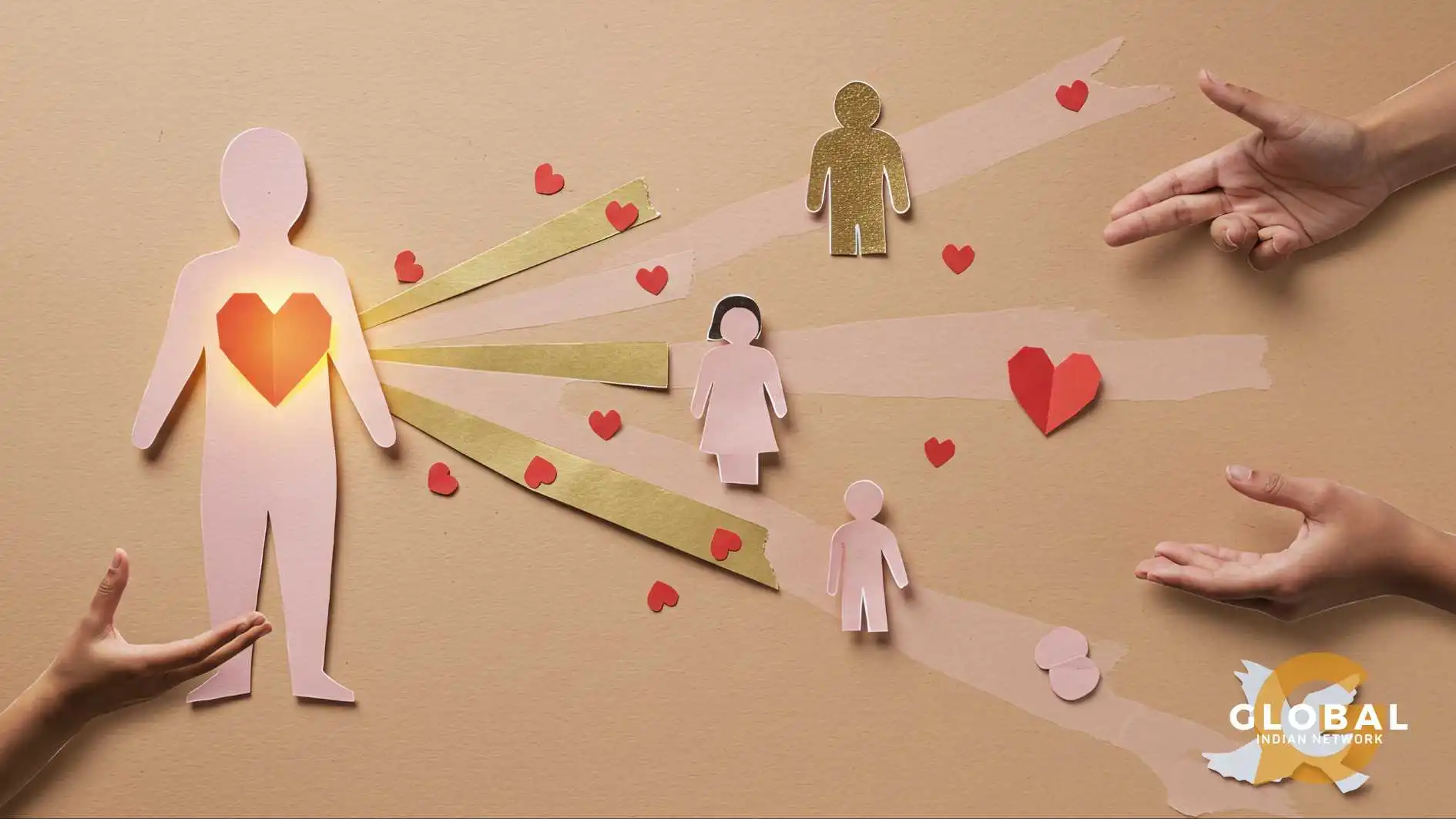Empathy is the key to 21st-century education, as it should be taught in classrooms. It is in a diverse, globalized, fast-changing world where the ability to develop empathy allows students to succeed in school and their lives. The importance of teaching empathy in the classroom is far wider than the knowledge of the subject it prepares. It connects, compassionate, and future-ready learners.
Table of Contents
Why Teaching Empathy in the Classroom Matters
Contemporary classrooms reflect a culturally, socially, and emotionally diverse world. The learning of empathy in the classroom assures students that they will be able to interact with different views and cooperate in a rapidly changing society. Empathy is much more than a soft skill; it enhances emotional intelligence, bridges the divide, and helps classroom communities thrive.
The transformative capability of empathy can be seen in the skills of students to:
- Know complicated social dynamics and collaborate in teams.
- Make use of effective communication skills that are clear, respectful, and compassionate.
- Find a constructive solution to conflicts by knowing how other people feel.
Various studies indicate that empathy is an effective teaching method in the classroom as it results in increased academic performance, enhanced communication, and decreased aggression.
Teaching Empathy in the Classroom: Key Benefits
The impact of teaching empathy in the classroom is immense when educational systems are oriented towards it. Compassionate education provides:
- Increased student involvement, turning lessons into something that matters and is relatable.
- A healthy classroom culture that is based on trust, safety, and acceptance.
- Creativity and critical thinking that is supported by receptiveness to new ideas.
Empathy in the classroom teaches leaders that there is value in all voices and how to bring people together towards shared objectives.

How to Foster Empathy in the Classroom
Teaching empathy in the classroom is an accessible task for any educator with the help of practical strategies. Developing empathy should not be a lesson by itself; it has to be incorporated into everyday life, stories, and group assignments.
- Model empathetic behavior. By demonstrating empathy and acknowledgment of the experiences of students, the teachers initiate a chain reaction in the classroom.
- Go on role-playing and literature. The stories in different cultures enable the students to observe life from different perspectives. After reading discussions, one can aid in reinforcing that mutual understanding is important.
- Create a set of rules in the classroom that focus on being kind and listening.
- Active listening and open-ended questions Practice. These are the skills that are required to assist students in expressing their concerns and learning how to interpret other people.
- Promote teamwork and purposeful association. Empathy can be taught in the classroom through teamwork, which is guided by reasoned contemplation.
- Promote self-reflection, journaling, and mindfulness so that students can be aware of their feelings and manage them.
The Importance of Teaching Empathy in the Classroom
Teaching empathy in the classroom not only creates good students, but it also creates flexible and social citizens. Since the environment of work requires teamwork and moral leadership, empathy is the elusive component between the theoretical and practical success.
Empathy drives the necessary skills like:
- Teamwork based on diversity.
- Handling complicated interpersonal relationships in a patient and understanding way.
- Innovative and problem-solving that considers the needs of all people.
Contemporary employers and higher education institutions are interested in people who have already mastered the art of teaching empathy in the classroom as a part of a comprehensive skillset that encompasses communication, compassion, and emotional intelligence.
Why 21st Century Classrooms Need Teaching Empathy
The learner in the 21st century is confronted with an uncertain world that is diverse and interdependent. Teaching empathy in the classroom, teachers enable students to go beyond memorization and become responsible, thinking, and active members of society.
This was a necessary competence that promotes tolerance, curiosity, and cultural acceptance among learners. Empathy in the classroom is also an important aspect of bullying reduction and promoting mental health by providing a safe environment where all individuals feel safe to express themselves.
More so, it equips students to overcome workplace obstacles, embrace social transitions, and deal with international problems with resilience and moral density.
Necessity, Not a Choice
Teaching empathy in the classroom is now a critical part of 21st-century learning, which preconditions academic performance, personal development, and a peaceful society. When learners are taught to empathize and embrace others, they will bring these qualities out of school and create a caring and strong world.
Teaching empathy in the classroom is something that teachers, parents, and communities have to focus on as a way of breeding the next generation of leaders, thinkers, and global citizens. This investment is not just the guarantee of academic and social prosperity, but the future of empathy, where empathy leads to progress and peace.

FAQs
What is empathy, and why is it important to teach in the classroom?
Empathy is being able to understand the thoughts and feelings of others when you interact with them. Teaching empathy in the classroom is vital to fostering students’ emotional intelligence, building good relationships, and fostering a respectful, inclusive learning environment.
What are effective ways to teach empathy in the classroom?
Some effective practices are: modeling empathetic behavior, using stories and literature with diverse perspectives, role-playing, creating classroom norms surrounding kindness, actively listening, and encouraging a practice of reflection and discussion.
Is teaching empathy important for reducing bullying in schools?
Absolutely. Teaching empathy encourages understanding and respect, which contributes to reducing bullying and creating a safer, more supportive school environment.









